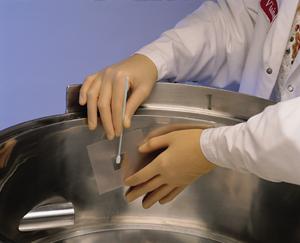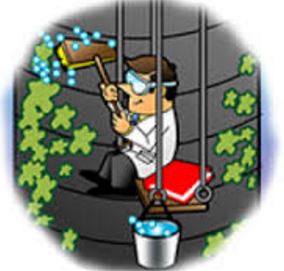In 2014 the European Medicines Agency (EMA) issued the Guideline on setting health based exposure limits for use in risk identification in the manufacture of different medicinal products in shared facilities. This publication triggered a discussion about the Permitted Daily Exposure (PDE) values in the Pharmaceutical and even in the API Industry, especially regarding crosscontamination and cleaning validation. Now a draft of a Q&A paper from the EMA provides some concretisation.

In 2014 the European Medicines Agency (EMA) issued the Guideline on setting health based exposure limits for use in risk identification in the manufacture of different medicinal products in shared facilities. As mentioned in the publication itself, this document triggered a discussion about the Permitted Daily Exposure (PDE) values in the Pharmaceutical and even in the API Industry, especially regarding crosscontamination and cleaning validation. Now, the draft of a question & answer paper from the European Medicines Agency provides some concretisation of the guideline.
The document altogether comprises five pages with 14 questions and answers.
The questions – and even more the answers – are very interesting, as shown in question 1 already: Do companies have to establish Health Based Exposure Limits (HBELs) for all products?
The answer is: Yes, but there are references to question 2 and 4 (and their respective answers). Question 2 clarifies what products/active substances are considered as highly hazardous. There are, among others, 5 groups listed, which products should be classified as highly hazardous (e.g.compounds with a high pharmacological potency, daily dose < 1 mg/day (veterinary dose equivalent 0.02 mg/kg)). For highly hazardous substances the answer yes in question 1 is expected. Even more interesting is the link to question and answer 4: Can calculation of HBELs be based on clinical data only (e.g. 1/1000th of the minimum therapeutic dose)? And the answer is yes, but only at designated circumstances. This means the products should have a favourable therapeutic index (safety window) and the pharmacological activity would be the most sensitive/critical effect.
Some further clarification regarding LD 50 is provided in Question 5 and the respective Answer: The use of LD 50 to determine health based limits is not allowed.
There are also more questions and answers regarding Veterinary Medicinal Products, the inspection of the competence of the toxicology expert developing HBELs, Occupational Exposure Limits, cleaning limits, Investigational Medicinal Products and paedric medicinal products and about Cross Contamination. Details will follow.
The document is still a draft and the industry has the opportunity to comment it until the end of April 2017. Let´s see what the final version will bring.
Please also see the draft Questions and answers on implementation of risk based prevention of cross contamination in production and ‘Guideline on setting health based exposure limits for use in risk identification in the manufacture of different medicinal products in shared facilities’on the EMA website.
At ECA´s Cleaning Validation Course, 9-10 February 2017 in Heidelberg, Germany the EMA Q&A draft will also be discussed.
some pics






///////////EMA, Q&A , Health Based Exposure Limits, 1/1000 dose , criterion, Cleaning Validation,













